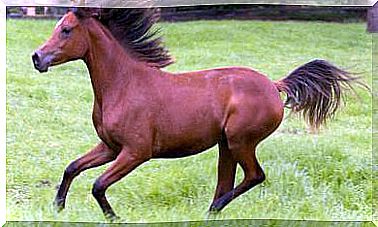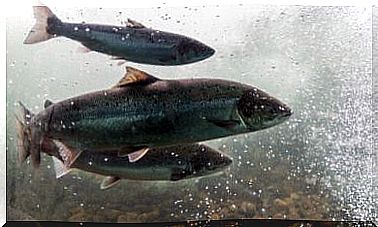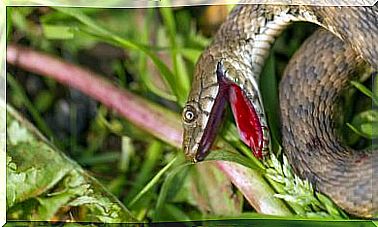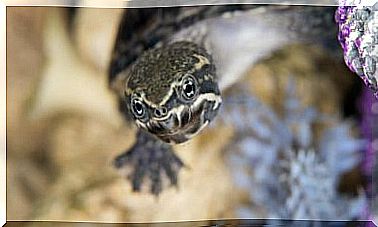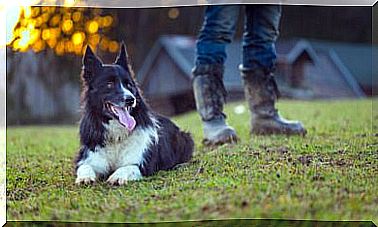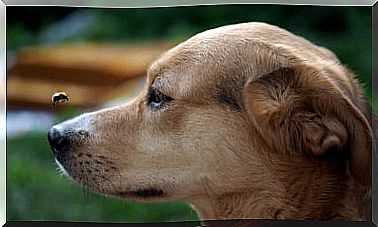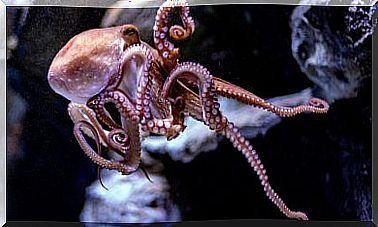Differences Between Snake, Viper And Snake

Snake, viper and snake are terms that, by default, are usually taken as synonyms. So many times they are used interchangeably, regardless of considerations of any kind. But, this is a mistake; in practice, there are differences between each of them.
Snakes or serpentes is a suborder of reptiles (sauropsids). Its distinctive characteristics are: the absence of legs and a thin and mostly elongated body.
Actually the basic difference between snake, viper and snake is that the first term refers to the species in general, and within this are snakes and snakes.
These are very common animals throughout the world. More than 3,000 perfectly differentiated types have been registered, although many have common characteristics. Some of the species are on the deadliest list. Despite this, its popularity as a pet is on the rise.
In some areas of the world there are examples of snakes with powerful poisons, capable of swallowing an adult human. Its hunting capacity for prey of different sizes has almost no limit.
‘Technical’ differences between the snake, viper and snake
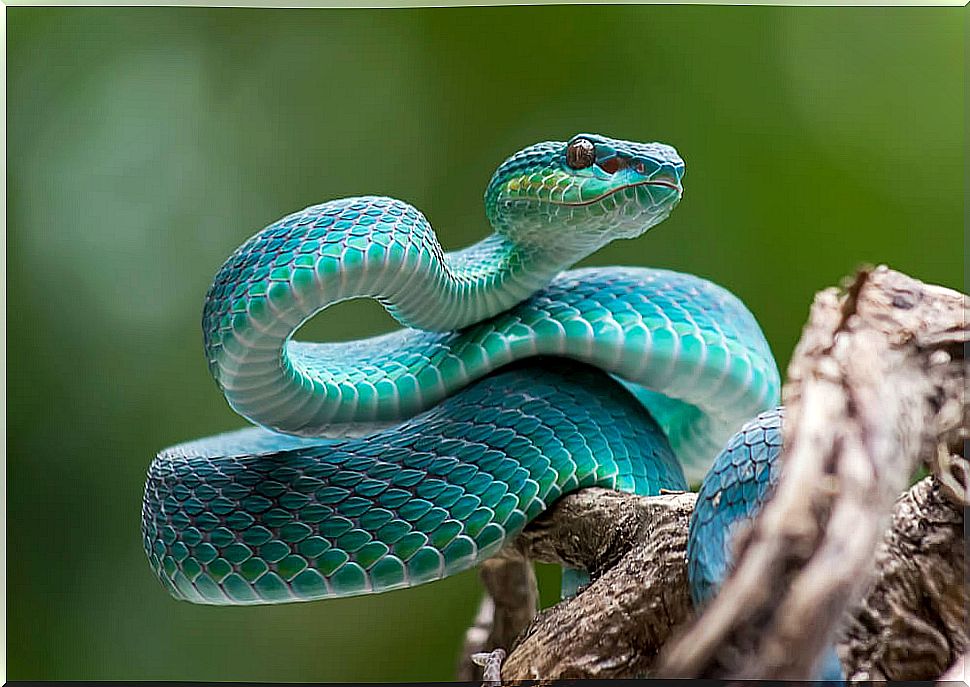
Vipers belong to the Viperinae subfamily . They are always poisonous. They have a wider and more triangular head; they usually measure around 75 centimeters, although some specimens, much more.
Despite their discreet and sometimes small dimensions, the toxins that snakes inject into their victims manage to immobilize prey that outnumber them disproportionately.
These reptiles have a pair of fangs that retract in the area of the palate when closing the mouth. But they act as the first line of defense when they feel threatened. In addition, they are extremely quick to adopt attack positions.
It is not impossible, but being bitten by a viper is relatively difficult. Most tend to react by fleeing when they feel that something is approaching; they do not attack unless provoked. Many species are so small that they can only bite between the fingers or toes.
The snakes: bigger and without poison
These snakes belong to the colubridae family . They include approximately 1800 differentiated species. Their size ranges between 20 and 30 centimeters, some reach up to 10 meters long.
Snakes are characterized by a head that is visibly full of scales; They are usually on land, although there are also aquatic ones, climbers and amphibians.
This is the family with the highest classification of genera and subspecies. There are specimens that are totally harmless. They are usually diurnal animals, so their eyes are well developed and their pupils are wide and almost always circular.
Imminent danger
Vipers are the most dangerous snakes that exist. However, some large snakes also pose significant risks. Mainly in regions of Africa, Asia or in the Amazon rainforest, between Brazil, Colombia and Venezuela.
Generally their presence is noticeable in unpopulated areas, but the imbalances generated by the action, often uncontrolled, of the human being, have caused these reptiles to settle within urban centers.
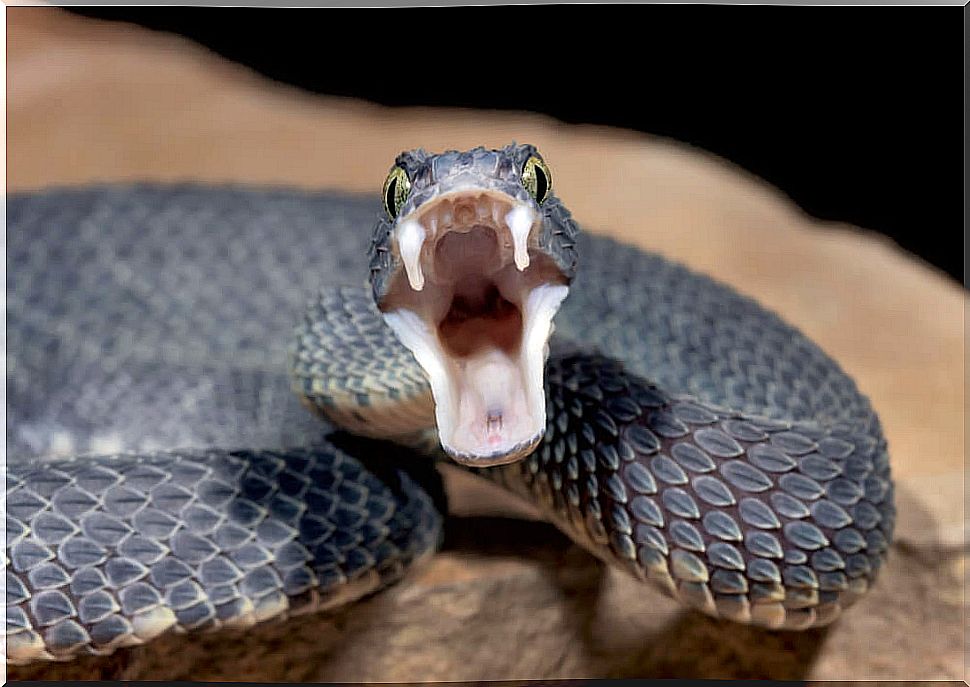
Life at home
These reptiles, to fulfill their domestic life, require a terrarium. A space that must have adequate humidity, temperature and ventilation levels, depending on the species to be adopted. Likewise, with the minimum dimensions that facilitate their physical development.
Snake, viper, and garter habitats can be purchased ready-made at many pet stores; they can also be built on your own. Those who opt for the second option cannot ignore a common characteristic of almost all snakes: they are elusive animals.
Any crack or crevice, no matter how narrow and unlikely it may seem, can lead to a fugue episode. It will therefore be necessary to take all the necessary precautions at home.
feeding
Food is an important aspect that should always be evaluated when adopting a companion animal. In the case of these reptiles, it requires more attention to avoid unpleasant surprises due to hunger.
The diet to be followed will be conditioned by the size of each specimen; the bigger, the prey must also grow. As pets, rodents (mice) are often the most widely used ingredient on the snake’s menu.
All snakes are carnivorous animals. Their diet is usually made up mostly of amphibians (toads and frogs), and also by other reptiles (lizards, although they can also commit cannibalism).
